Please Note: This article is written for users of the following Microsoft Word versions: 2007, 2010, 2013, 2016, 2019, and 2021. If you are using an earlier version (Word 2003 or earlier), this tip may not work for you. For a version of this tip written specifically for earlier versions of Word, click here: Using Alternating Styles.
Written by Allen Wyatt (last updated June 3, 2025)
This tip applies to Word 2007, 2010, 2013, 2016, 2019, and 2021
There may be times when you want to set up Word so that you can easily enter alternating types of paragraphs. For instance, you may have a series of questions and answers to enter, one right after another. Word is powerful enough that you can define different styles that allow entering these types of alternating paragraphs very easily.
For the sake of this example, let's say you want to follow the Q and A scenario. You want each Question paragraph to begin with a bold capital Q and use a hanging indent. You want each answer to pretty much be the same, but use a bold capital A.
The following is a rather long and involved process to accomplish this, but you only need to do it once. Once the styles are set up, using them is very, very easy. You should follow these steps:
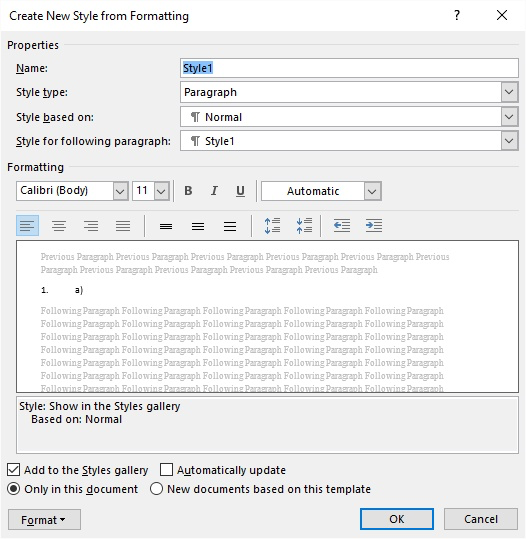
Figure 1. The Create New Style from Formatting dialog box.
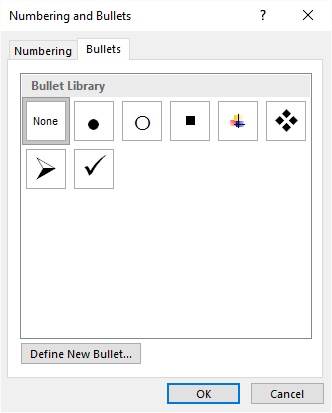
Figure 2. The Bullets tab of the Numbering and Bullets dialog box.
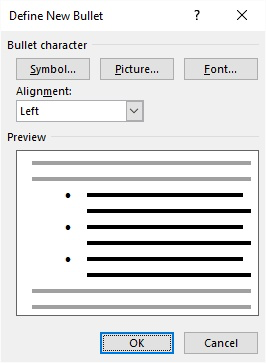
Figure 3. The Define New Bullet dialog box.
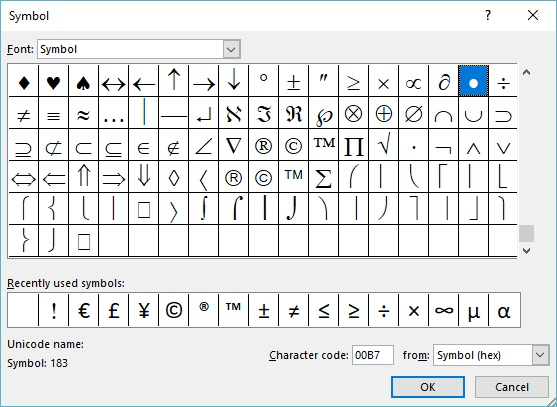
Figure 4. The Symbol dialog box.
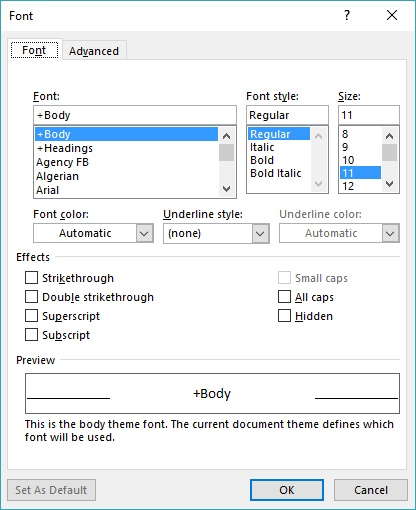
Figure 5. The Font dialog box.
This is undoubtedly the longest list of steps I have ever done in WordTips. It goes much quicker than it reads, however.
You are now ready to use your two new styles. When you are ready to start your first question, apply the Question style to a paragraph. The expected Q immediately appears, and you can type your question. When you press Enter at the end of the question, the next paragraph is formatted as an answer and includes the A. Press Enter at the end of the answer, and the next paragraph is formatted again as a question. When you are done and have no more questions and answers, simply pick another style for your paragraph.
WordTips is your source for cost-effective Microsoft Word training. (Microsoft Word is the most popular word processing software in the world.) This tip (7117) applies to Microsoft Word 2007, 2010, 2013, 2016, 2019, and 2021. You can find a version of this tip for the older menu interface of Word here: Using Alternating Styles.

Create Custom Apps with VBA! Discover how to extend the capabilities of Office 365 applications with VBA programming. Written in clear terms and understandable language, the book includes systematic tutorials and contains both intermediate and advanced content for experienced VB developers. Designed to be comprehensive, the book addresses not just one Office application, but the entire Office suite. Check out Mastering VBA for Microsoft Office 365 today!
Smart quotes can be helpful in making a great-looking document, but at times, they can be a real pain. Wouldn’t it be ...
Discover MoreWord always relies on styles to define how text appears in your document. If you don't understand how Word applies ...
Discover MoreCopying and pasting information is a common practice in Word. How the program should handle formatting (especially styled ...
Discover MoreFREE SERVICE: Get tips like this every week in WordTips, a free productivity newsletter. Enter your address and click "Subscribe."
2019-06-18 06:05:47
Richard
That is quite possibly the longest tip I have ever seen on WordTips! But clearly written, and showing what happens at each step. I commend you Allen.
Got a version of Word that uses the ribbon interface (Word 2007 or later)? This site is for you! If you use an earlier version of Word, visit our WordTips site focusing on the menu interface.
Visit the WordTips channel on YouTube
FREE SERVICE: Get tips like this every week in WordTips, a free productivity newsletter. Enter your address and click "Subscribe."
Copyright © 2025 Sharon Parq Associates, Inc.
Comments